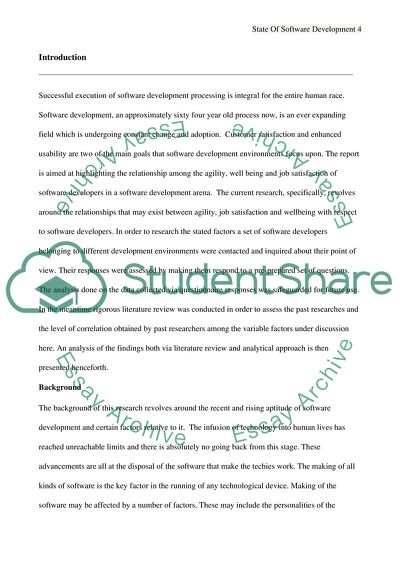Cite this document
(State of Software Development Research Paper Example | Topics and Well Written Essays - 3250 words, n.d.)
State of Software Development Research Paper Example | Topics and Well Written Essays - 3250 words. https://studentshare.org/information-technology/1792837-state-of-software-development
State of Software Development Research Paper Example | Topics and Well Written Essays - 3250 words. https://studentshare.org/information-technology/1792837-state-of-software-development
(State of Software Development Research Paper Example | Topics and Well Written Essays - 3250 Words)
State of Software Development Research Paper Example | Topics and Well Written Essays - 3250 Words. https://studentshare.org/information-technology/1792837-state-of-software-development.
State of Software Development Research Paper Example | Topics and Well Written Essays - 3250 Words. https://studentshare.org/information-technology/1792837-state-of-software-development.
“State of Software Development Research Paper Example | Topics and Well Written Essays - 3250 Words”. https://studentshare.org/information-technology/1792837-state-of-software-development.


